The wild, rugged Ardnish peninsula has to be one of the most picturesque spots in Scotland.
Its main village, Peanmeanach, is a breathtakingly beautiful crescent of deserted houses overlooking a secluded beach.
On a sunny day, the sea glistens, the white sand shimmers, and those who visit are afforded superb views of the coastline, islands and mountains.
It’s the perfect place for a picnic – if you’re able to walk the rough, two-hour trek to get there – or else reach it by boat.
I parked up on a layby on the A830 between Lochailort and Beasdale, headed through a gap in a fence, and followed the signpost to Peanmeanach.
The path took me through birch woodland, and crossed a bridge over a railway line.
It’s a great spot from which to look out for the Jacobite steam train, also known as the Hogwarts Express, and Harry Potter train, that runs from Fort William to Mallaig in summer.
While there are lots of stone slabs, laid well over a century ago, some of the path is indistinct and boggy, and I managed to stray from it, finding myself instead on a deer track.
After a quick map check, I realised I needed to head uphill – not downhill – and so I was forced to clutch and grab at heathery tussocks and saplings as I huffed and puffed my way back to the track.
Views of sparkling lochans
I paused for a while to drink in the views of sparkling lochs peppering the moorland, including Doire a’ Ghearrain, and out towards the islands of Eigg and Rum.
Crossing a burn using stepping stones, I then descended through an old oak wood to a flat expanse of grass and reeds, once used for grazing by crofters.
A track winds through this coastal plain to finally reach the bay of Peanmeanach and its deserted village.
It consists of seven black houses in a row on a grassy ridge set behind a sandy beach.
All but one are ruined and roofless – but I sat down with a tin of Diet Pepsi and some oatcakes and cheese before going into full explorer mode.
Once I’d enjoyed my repast – and the awe-inspiring views – I peered through tiny doors and windows.
Ruined and roofless
Now roofless shells, the stone dwellings would once have been thatched with heather, rush or reeds, and held down with rocks suspended in netting below the eaves.
Most boast rounded corners which would have deflected the harsh onshore winds.
The house with the roof once served as a school, then a post office, and has been beautifully renovated as a bothy.
According to the 1841 census, the village’s seven houses accommodated 48 people, along with their livestock.
A century later, in 1942, just one person remained – Nellie McQueen. She lived in the house that’s now a bothy and was the daughter of the former postmaster and the former schoolmistress.
She upped sticks during the Second World War, in 1943. It was clearly a struggle to survive on wartime rations – she was allowed just one candle a week, and a mere half a gallon of paraffin a week for both cooking and lighting lamps.
Long, dark winter evenings, with very little light apart from the flicker of flames in the hearth, appeared to have been the final straw.
It’s said that Nellie returned for a visit just once, 40 years later, when she strolled round the village tapping each house with a stick and calling out the names of the people who once lived there.
Fell into disrepair
The house was used as a byre for cattle for 20 years until the roof collapsed. It was patched up in the 1960s but later fell into disrepair.
It was renovated by the Mountain Bothies Association and run as an open access bothy from the late 1970s until 2020.
Since 2021 it’s been run on a not-for-profit basis as a bookable, key-entry bothy by Ardnish estate.
It’s an isolated spot, and you’ll need to carry all your food and provisions with you if you intend staying the night because there’s no electricity, Wi-Fi or running water.
There’s a burn nearby, so as long as you have a water filter you should be ok.
The bothy does boast a wood-burning stove and magnificent views and it’s the perfect spot to soak up the history, atmosphere and magic of the place and reconnect with nature.
Land deemed to have little value
While the Highland Clearances affected a huge area, the residents of Ardnish were not evicted as the land was deemed to have little value.
Instead, it became a dumping ground for people evicted from elsewhere, so that the population swelled to numbers that were simply unsustainable in a place where people were already living a meagre existence.
It’s worth taking some time to explore the coastline, keeping an eye out for otters, seals and dolphins. You might even spot red deer or the odd golden or sea eagle.
- Peanmeanach bothy was was built around 1905, originally as the schoolmistress’ house – the school was around the bay at Glasnacardoch. The school was vacated in 1932, and with no need for a schoolmistress, her house became a croft again. To book a stay see ardnish.org/bothy/
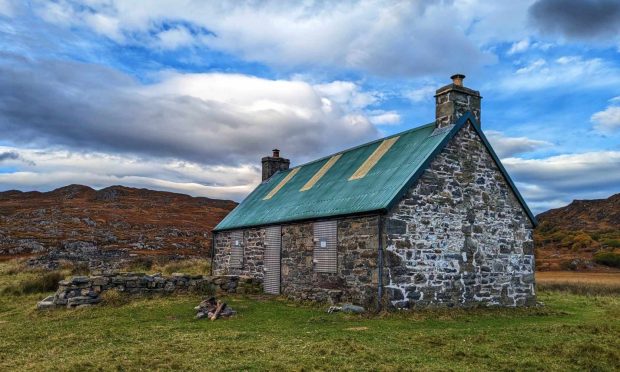
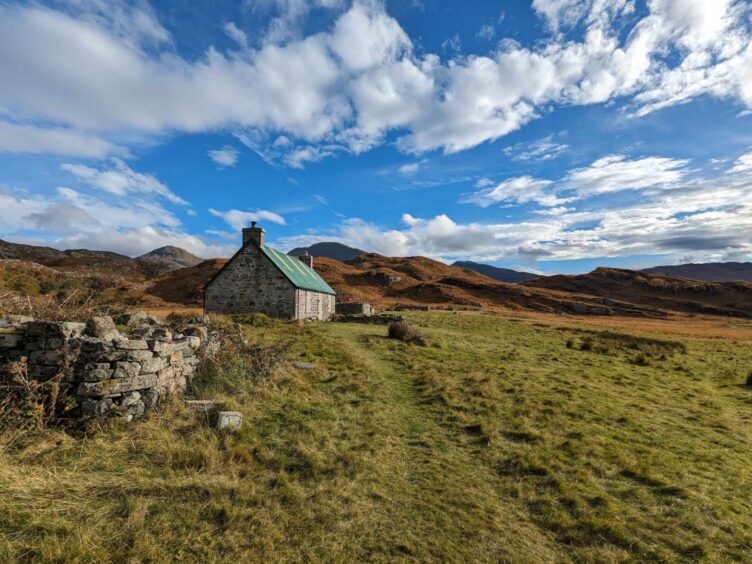
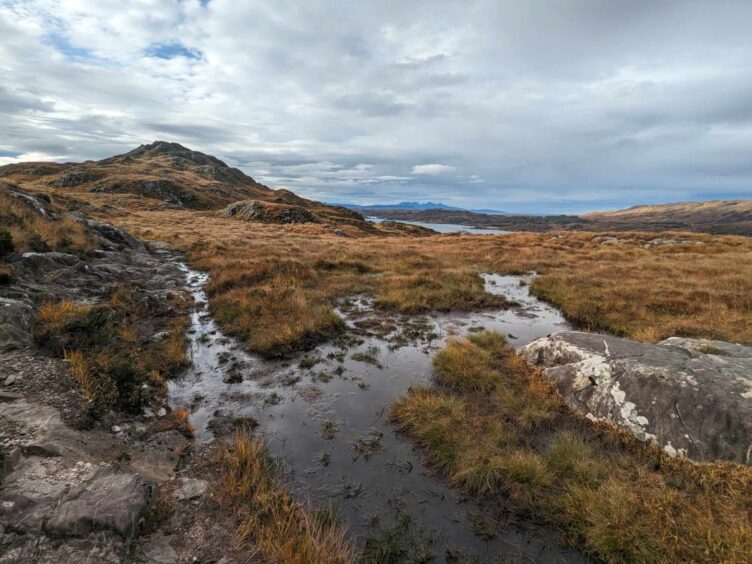
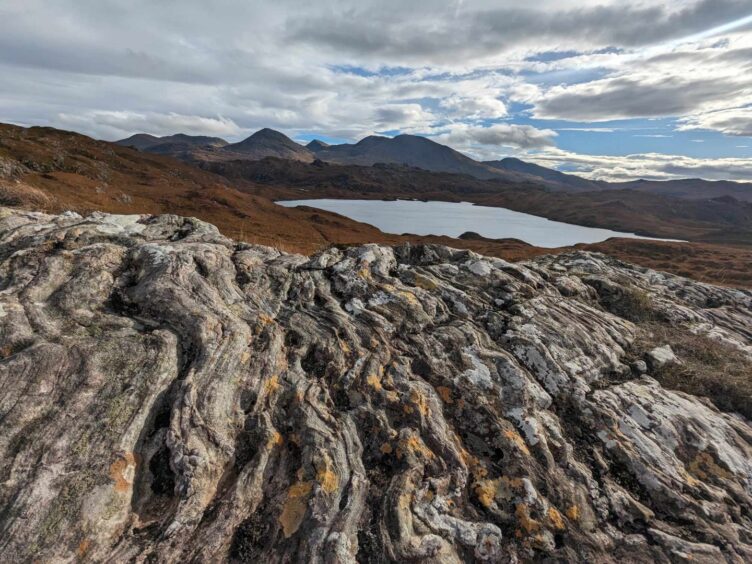
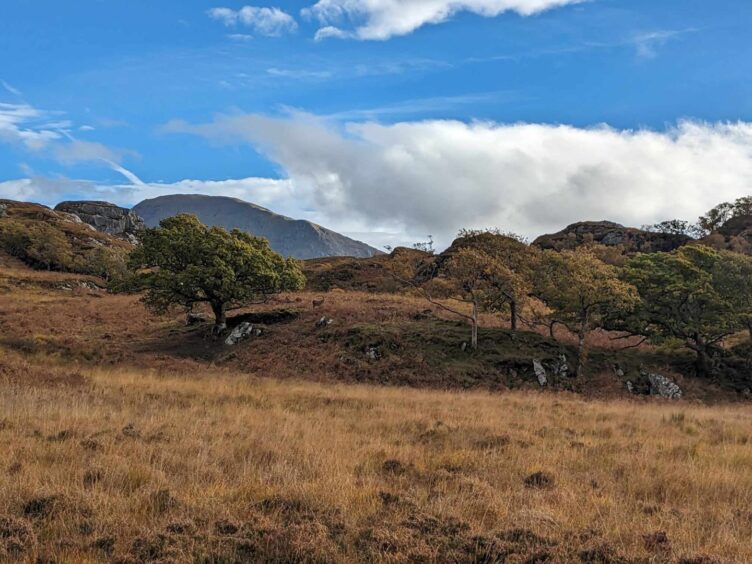
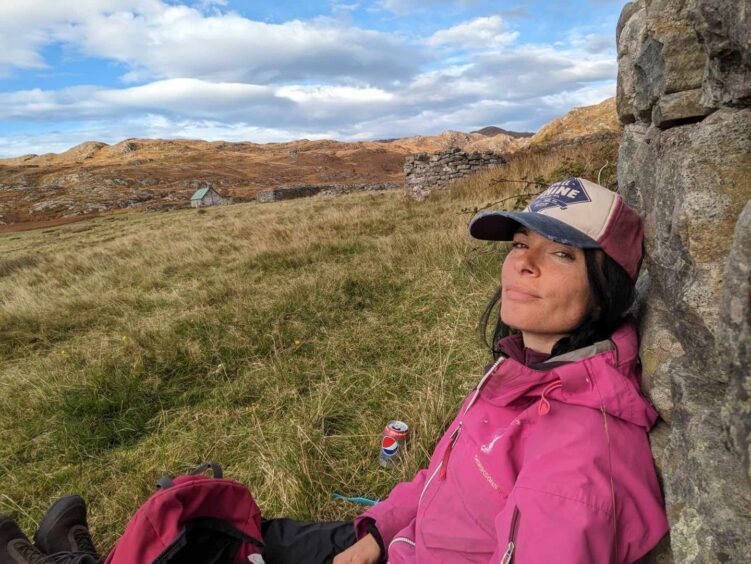
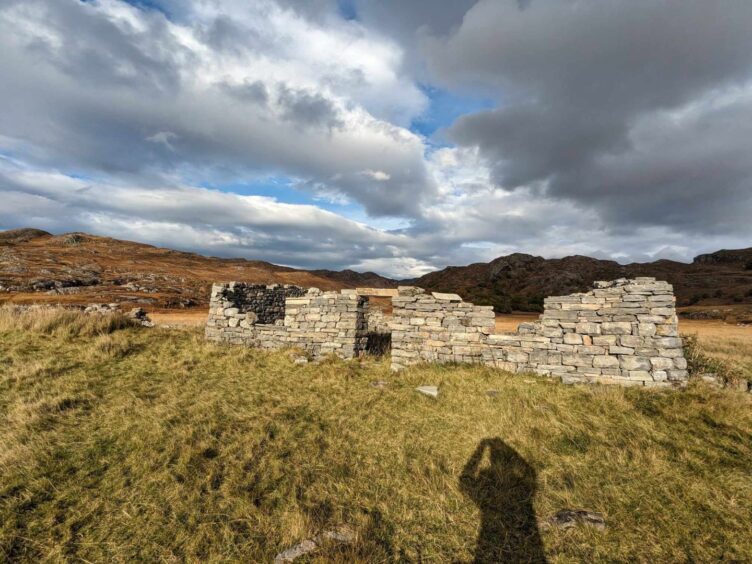
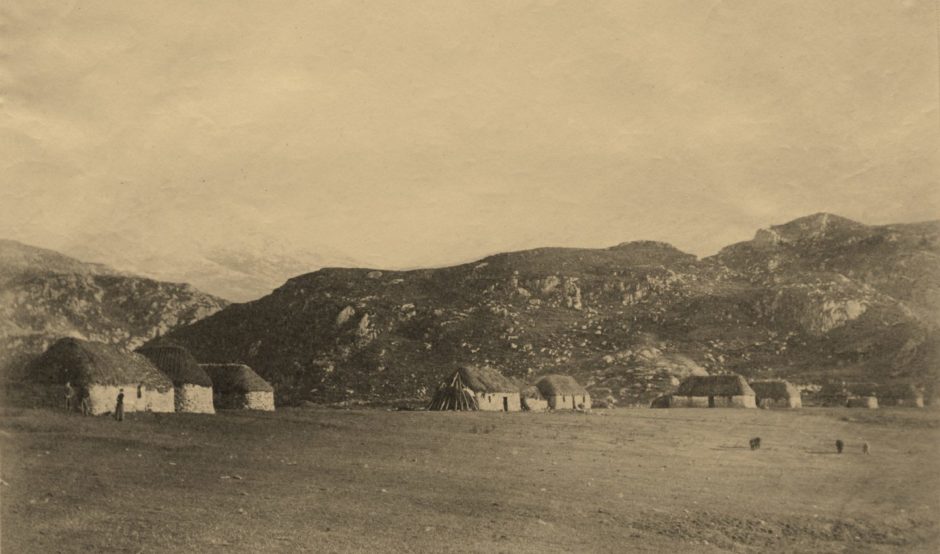
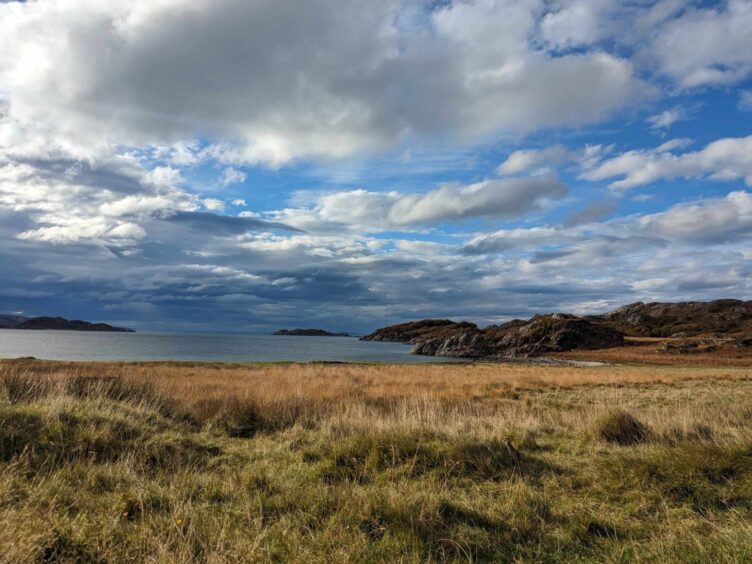

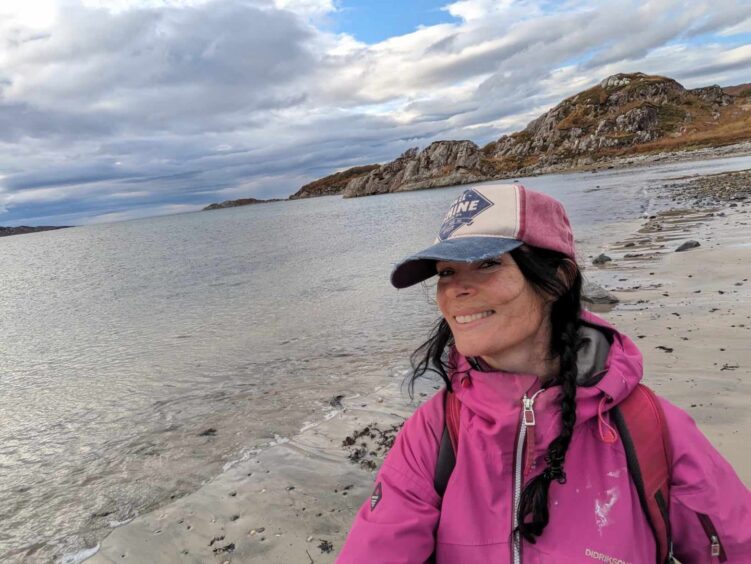
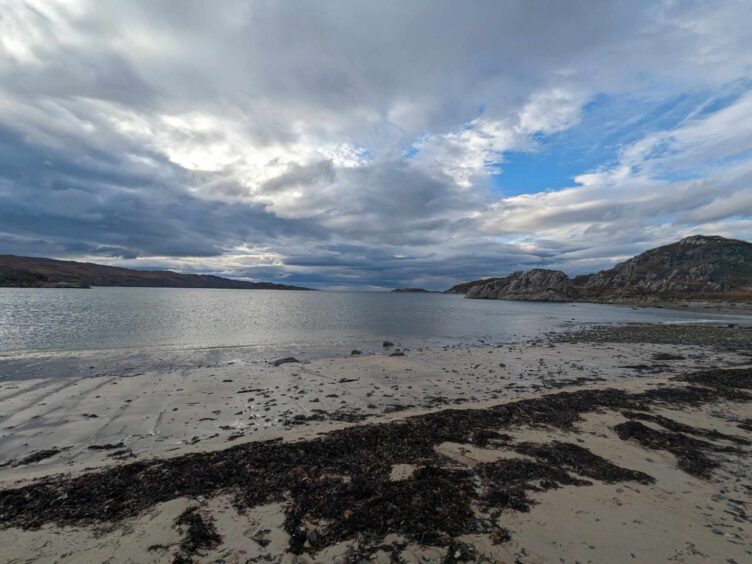
Conversation